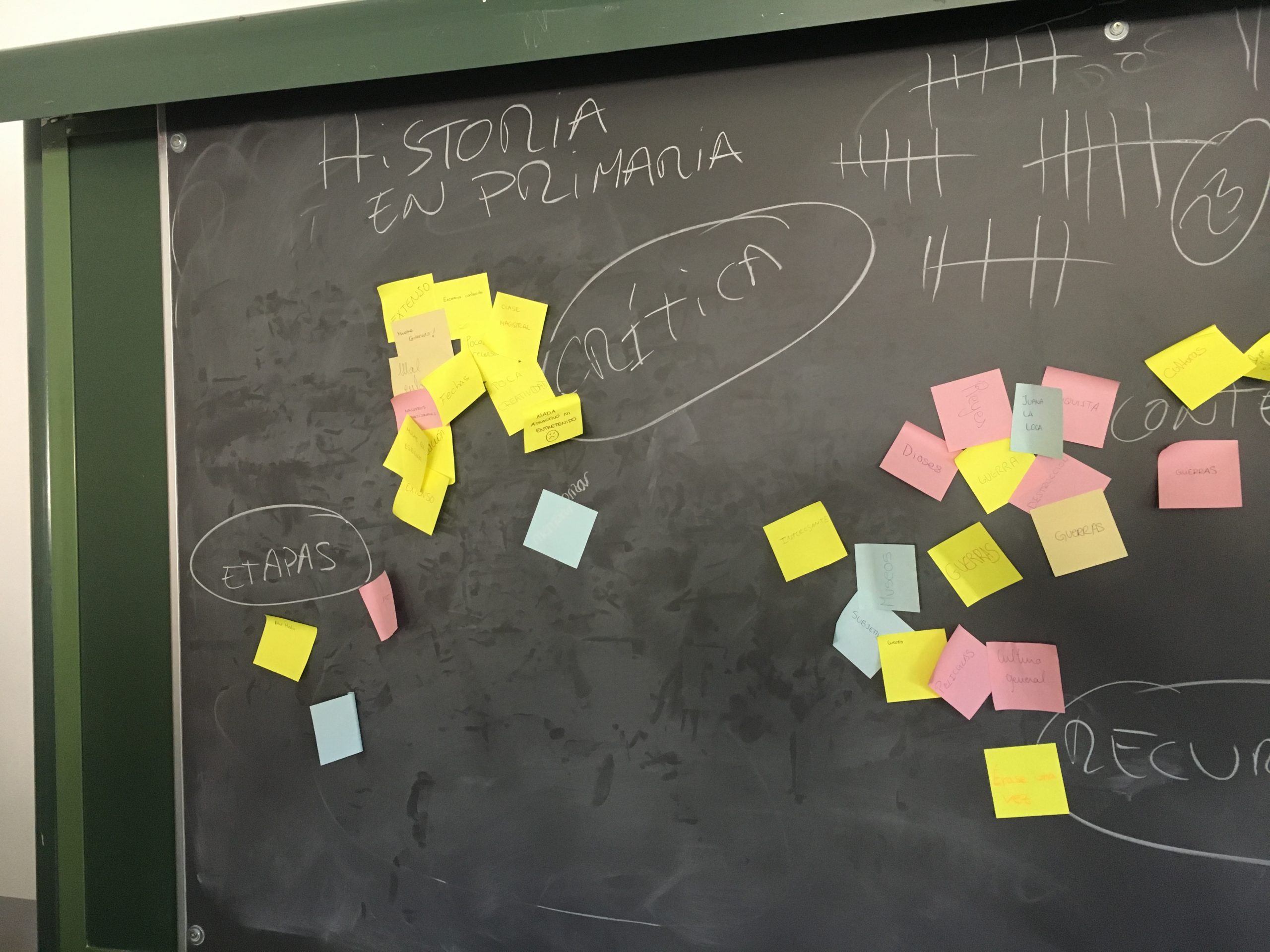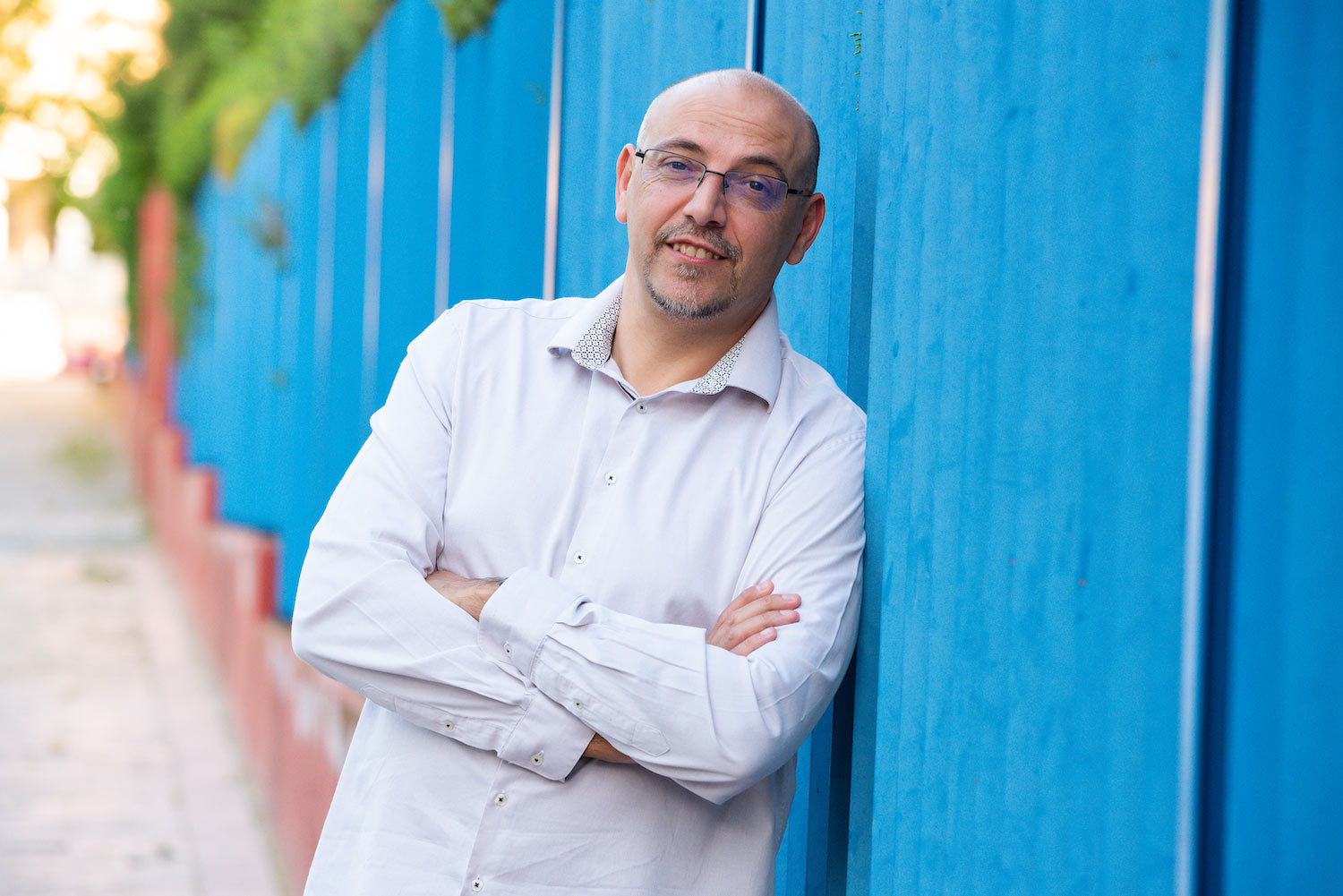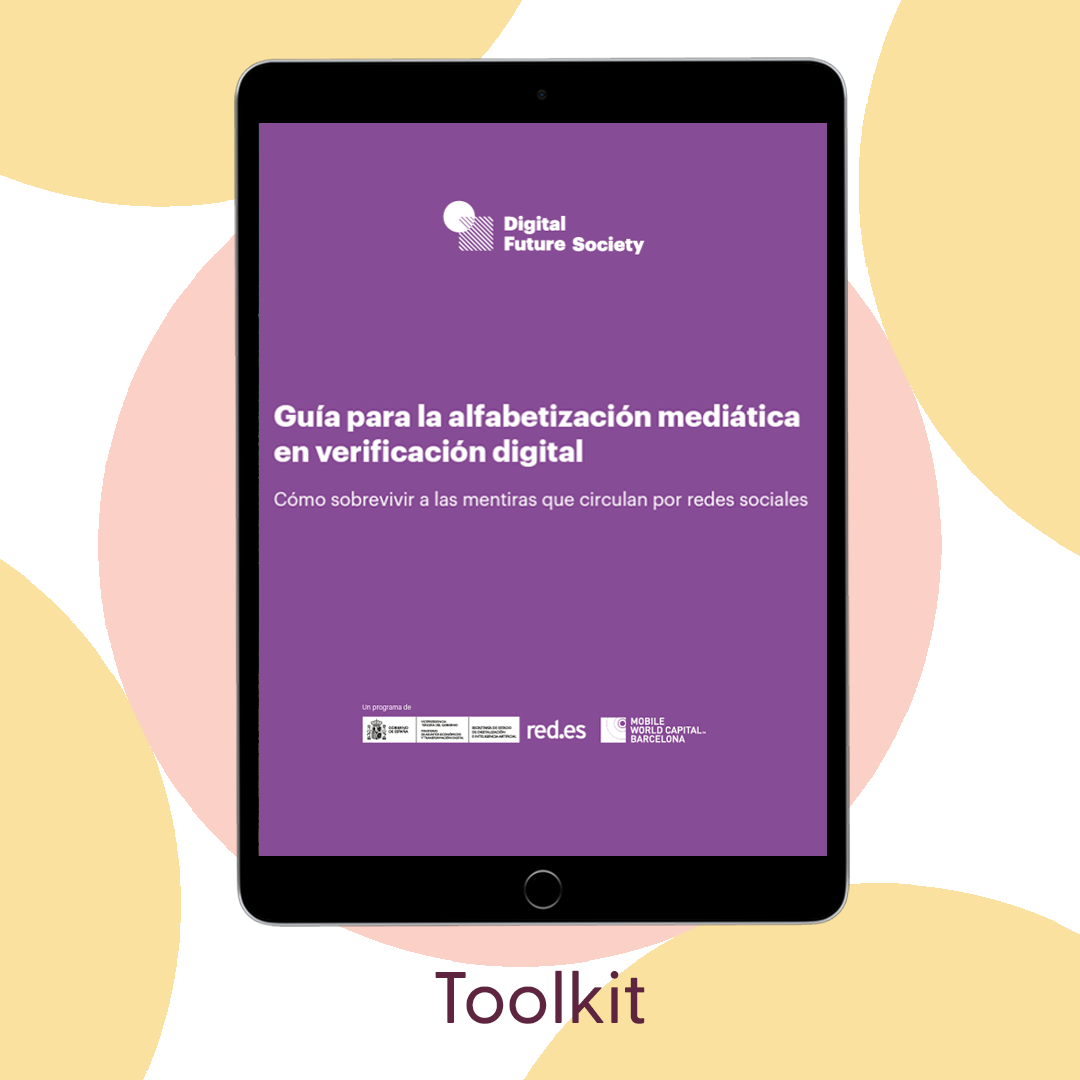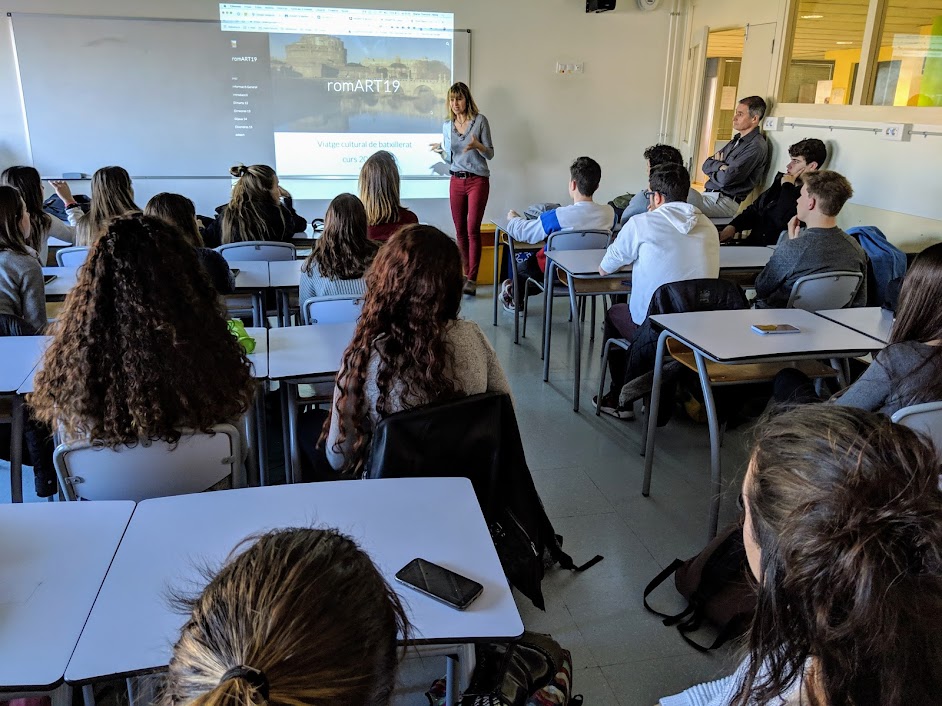Design Thinking
Classroom Experience
Design For Change for History teaching
Complutense University, Faculty of Education - Teacher Training Center. Show map
The Design For Change methodology is applied throughout the 2018-2019 and 2019-2020 academic courses to the subject "Fundamentals and Didactics of History", resulting in 27 projects with real impact on History teaching. The proposed framework is Teaching History in Primary Education.
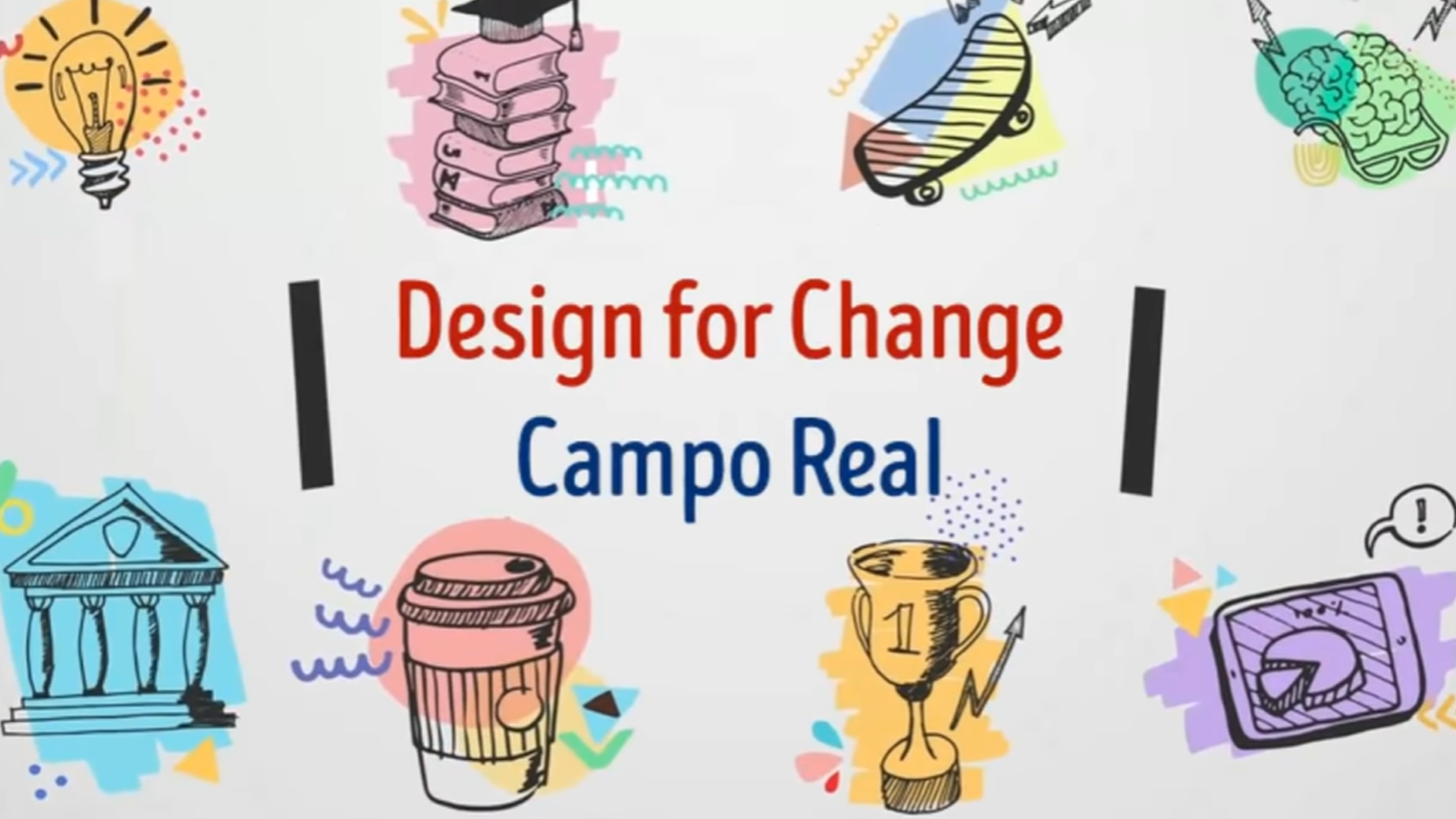

Context
The proposed working frame is teaching history in primary school.
Highlights
Mandatory course of the Degree in Primary Education at Complutense University.
The methodology is used with three morning shift groups from 2018-2019 and 2019-2020.
Each group has between 63-80 students.
To develop the projects the groups are divided into two, so it's always possible to work with half of the class (30-35 students aprox).
Objetives
Improve the formation of History Teachers.
The goal of DFC is to update and improve the teaching-learning methods in the training of teachers; specifically to show that it’s possible to transmit knowledge about the past and have a positive bearing on the environment.
Contribute to civic consciousness about the value of the past.
Considering both university students and target groups of the projects, we aim to transmit the huge value of historical knowledge in key issues such as citizenship formation, ethical values or critical thinking, as well as the key competences developed in the framework of the projects.
Improve the training of future teachers.
As many scientific papers or reports argue, the theoretical transmission of contents is still widely used at teacher training courses. By using DFC in the training of teachers, we aim to promote active methodologies related to the students’ social environment.
Didactic sequence
1
![]()
Feel
The Feel step is developed in the classroom together with "post-its" dynamics, allowing the divergence and convergence of group thinking. The groups carry out inquiry and reading activities to document the framework of their work.
2
![]()
Imagine
The groups of students design and prototype solutions to improve the teaching of History. They present the prototypes to their classmates, who will contribute ways to improve them.
3
![]()
Do
The working groups put into practice their projects of History teaching with DFC. Three types of project profiles have been identified: 1. Technological projects (apps, gamified websites, virtual reality); 2. Projects implying some kind of dramatization; 3. Social projects (Service-Learning, collectives that require support, etc.) The projects have been carried out at schools, associations, cultural centers, nursing homes, or in streets and parks.
4
![]()
Share
The working groups create social media accounts and many of them publish on Youtube the videos they developed during the projects. Different groups participate on the media.
5
![]()
Assess
The working groups conduct a self-assessment of the experience and propose improvement actions.
Assessment and conclusions
Successes
The adaptation of History teaching to "learning by doing" methodologies that are adapted to competence frameworks.
Students develop important soft skills such as creativity, resilience, teamwork, communication, leadership, etc.
Students learn on a par new disciplinary contents and innovation methodologies.
Things to improve
The DFC adaptation to the course teacher’s guides.
The possibility of projects among various courses.
A greater adaptation of assessment to scientific criteria typical of educational research; though a study on the experiences of the two courses has been conducted and is on its way to be published in an academic journal.
The assessment of the course is very positive (89,07/100), according to the University official surveys (Docentia). In the same way, the questionnaires given by the Professor show a very high assessment on the students’ part.
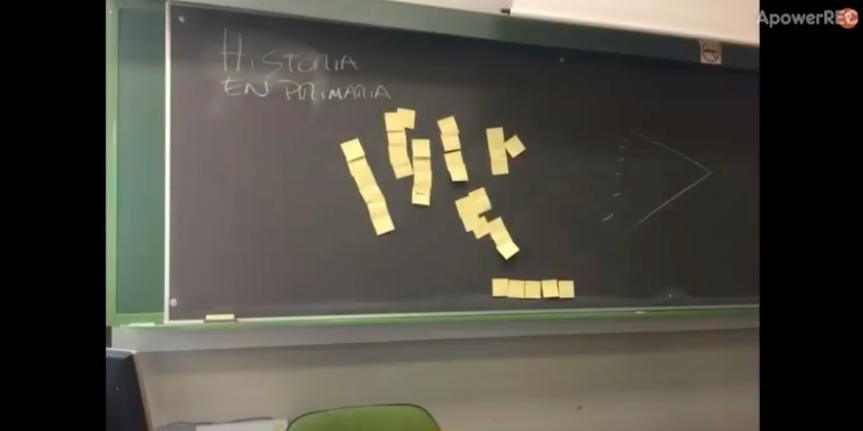
Take this experience to your classroom!
Tips to adapt the experience to your classroom
1
Trust
Your students; they can do big things.
2
Dare
To innovate and to get out of your comfort zone.
3
As a facilitator
Always support your students.
4
Enjoy
Together with the students; they will notice it.
5
Set
Very defined sprints, i.e. submission deadlines by phases.
6
Use
The blog made by the working groups both to monitor the projects and to ask them to create group memory.


